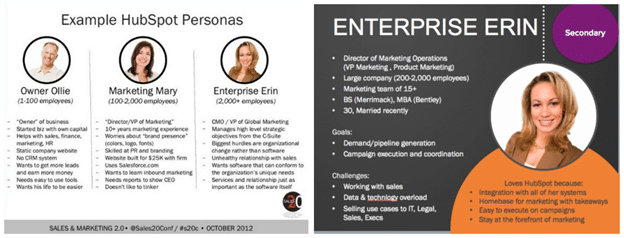| SEO |
Overview
SEO and content marketing are great partners. They complement each other with a great blend of traffic and trust. As search traffic brings in new traffic from the content, the content itself verifies the trust users had in coming to a specific blog post with authority building content.
The longer users stay on a page, the more traffic the site gets. Because Google looks at metrics like time on site and number of pages read, it is the opening for even more traffic.
The question is how do we improve the traffic to the website in the first place using content and SEO marketing? However, in our content agency in Melbourne, we follow these below steps for SEO and content marketing.
3 Steps to improve SEO and Content Marketing
Step 1: Evaluate your Keywords.
We discussed numerous times on this blog how keyword research is vital to any search engine optimisation campaign.
Fortunately, a number of tools exist to help you find the right keywords. We discuss many of them in 9 Essential Content Marketing Tools.
Two that we want to point out today are SEMrush and Google Search Console.
SEMrush shows you the best organic and paid results, so you can find the best keywords to use in your next content marketing piece.
You can also use SEMrush to compare other domains in your niche to see what keywords your competitors rank for on Google. You can either go after those keywords or look for alternative keywords to target.
This also helps you understand the difficulty level for each keyword. If a site like Wikipedia for example ranks high for the keyword you want then it will be harder to rank than if your average Joe website ranks for the keyword.
Consider your competition when you look at keywords for your next content piece. It could decide whether people read it or it gets relegated to the dustbins of low rankings.
The Google Search Console helps you evaluate what keywords work best currently on your website. When you understand what works right now, you can duplicate that success in the future.
Therefore, if you wrote the Complete Content Marketing Strategy Guide, you could also create follow up articles on similar topics like SEO and content marketing.
Keep in mind when you look for keywords you consider the following items to ensure you have the highest keyword rankings:
- Target audience
- Possible terms used
- Competitor keywords and placement
Step 2: Find your audience
Once you get the right keywords, it is time to find your ideal audience for your content. Whatever content you create, it will not matter if you target your keywords for the wrong audience.
Furthermore, your audience will determine the other intangibles like how long visitors stay on your website and how many pages they visit after arriving.
To do this, you need to identify keywords at different stages of the buying cycle to ensure you have the right content to move a prospect forward.
For example, an article or video works for a buyer who is doing initial research. However, those who are ready to make a decision might need a case study or data backing up your product or service.
Create a profile of your ideal client to determine what content they would interact with most at each stage. This can help you decide if you want to create more blog posts or add videos to your website. The more information you have, the more educated decision you make.
This in turn leads to greater engagement with the content and by extension improved search rankings.
Step 3: Get links to your website
Quality content not only gets attention, it also gets links back to your website. You receive this when other bloggers cite your information in their own blog posts, and link back to your website.
The better your content, the more links you get to your website.
You can also do some outreach to get backlinks to your website. For example, you can create great content for another website. By creating guest posts on multiple high quality websites with information relevant to your website you encourage links to your website.
Therefore, quality content and search work together because the content you create on a third-party website leads to backlinks that lead to higher search rankings. These rankings provide more traffic and a larger audience for the content you create on your own website. It is the circle of life for businesses looking to marry SEO and content marketing.
Final Thoughts
SEO and content marketing are almost the same thing. However, they provide different elements that work together to improve your digital marketing efforts. SEO brings the high quality traffic and content marketing brings the trust and authority you need to close this traffic and bring in more traffic to your website.
If you want to use this strategy to improve your website traffic, and looking for one of the best marketing companies in Melbourne then contact Shout SEO Agency for a free consultation today to get started.
We are digital marketing experts




